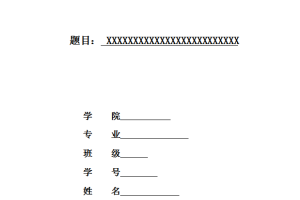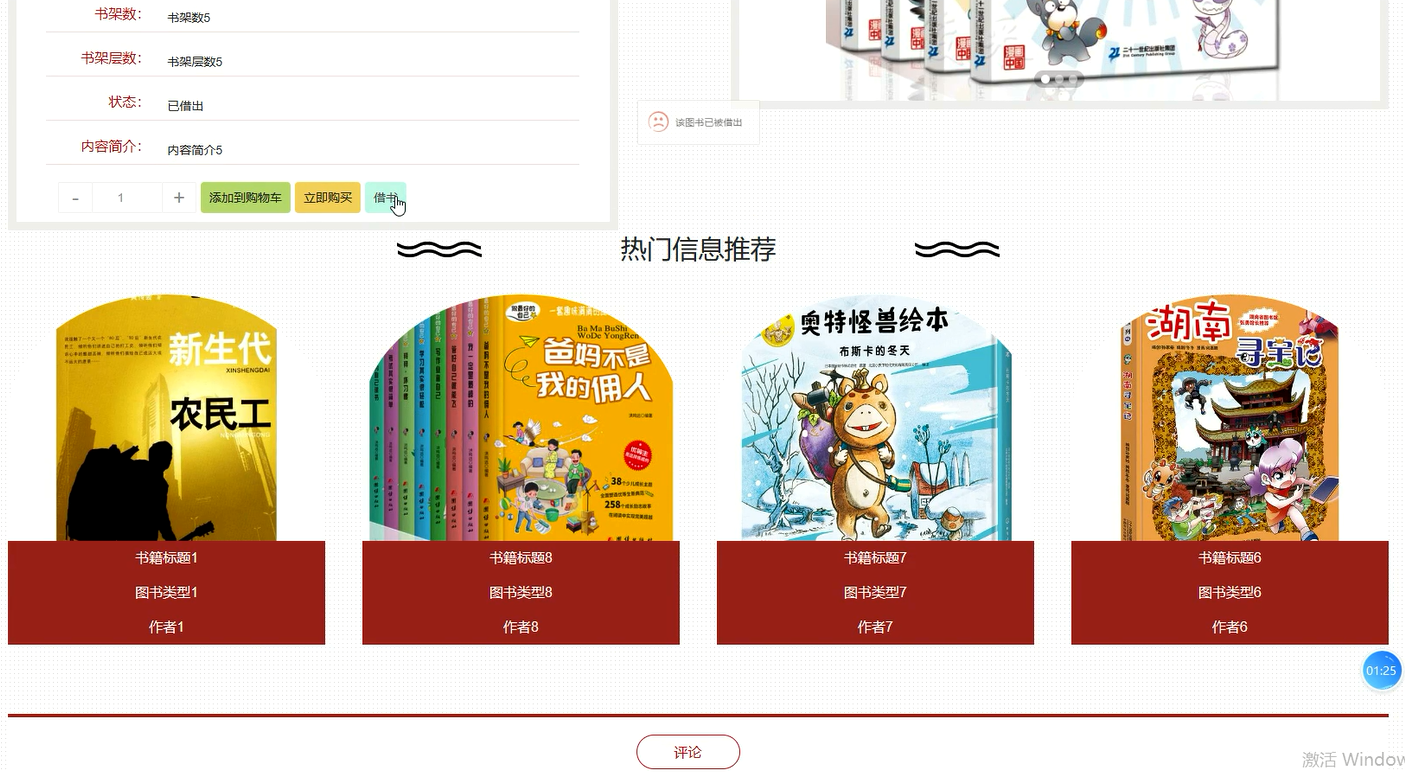摘 要
本文经过分析国内的办公软件的研发状况,思考可以借助JAVA来设计程序以使得性能最强花费最少,适合我国公司办公的一个辅助工具。设计说明书中阐述了这个设计的功能。
办公自动化OA系统,是集合了会议管理模块,查看管理员发布的会议信息、公告管理,查看管理员发布的公告情况、通讯组的相关人员管理信息,使通讯组人员具有相关管理功能,如增加、删除、通信等,员工之间收发邮件信息的功能、意见与反馈管理模块,员工发布留言信息于一体的一个办公设计。
本毕设应用的设计技术是B/S,前端的运用的工具是JSP,以 Sql Server作为数据库进行开发的设计。我的毕业设计是将员工的复杂的工作变得相对简单,提高了员工工作效率,降低工作成本,提高效率,使管理变得简单。
关键词:办公自动化;OA系统;SQL SERVER;JAVA;B/S结构
Abstract
After analyzing the development of office software in China, this paper comes up with the plan of using JAVA language to develop, expecting to achieve the function of strong and low cost, which is a supplementary tool for our company’s office. The function of the design is illustrated in the design manual.
OA office automation system, is a collection of conference management module, conference information, bulletin management view administrator issued the announcement information and communication team management module view administrator issued, complete personnel communication group information to add delete function, management communication management module, send and receive e-mail information among employees, comments and feedback management module a design, office staff issued a message in one.
The design technology used in this application is B/S, and the tool used in the front is JSP. The design of Sql Server is used as a database. My graduation project is to make the staff’s complex work become relatively simple, improve staff efficiency, reduce work costs, improve efficiency, and make management simple.
Keywords: office automation; OA system; SQL SERVER; JAVA; B/S architectu
目 录
摘 要…………………………………………………………………………………….
Abstract……………………………………………………………………………………
目 录……………………………………………………………………………………..
第1章 绪 论…………………………………………………………………………
1.1 课题背景……………………………………………………………………………………………..
1.1.1 办公自动化系统的发展………………………………………………………………
1.2 本文研究内容与意义……………………………………………………………………………
第2章 办公自动化系统需求分析…………………………………………….
2.1 新系统目标………………………………………………………………………………………….
2.2 可行性分析………………………………………………………………………………………….
2.3 数据流图……………………………………………………………………………………………..
2.4 数据字典……………………………………………………………………………………………..
2.4.1 数据存储……………………………………………………………………………………
2.4.2 数据流……………………………………………………………………………………….
2.4.3 数据处理……………………………………………………………………………………
2.5 本章小结……………………………………………………………………………………………..
第3章 开发工具简介………………………………………………………………
3.1 My Eclipse介绍……………………………………………………………………………………..
3.2 Tom Cat介绍………………………………………………………………………………………..
3.3 本章小结……………………………………………………………………………………………..
第4章 系统总体设计………………………………………………………………
4.1 系统总体设计描述……………………………………………………………………………….
4.2 系统模块图………………………………………………………………………………………….
4.2.1 系统总体结构…………………………………………………………………………….
4.2.2 系统模块描述…………………………………………………………………………….
4.3 数据库设计………………………………………………………………………………………….
4.3.1 数据库介绍………………………………………………………………………………..
4.3.2 系统E-R图……………………………………………………………………………….
4.3.3 数据库物理设计…………………………………………………………………………
4.4 安全保密设计………………………………………………………………………………………
4.4.1 登陆用户的安全性……………………………………………………………………..
4.4.2 操作安全性………………………………………………………………………………..
4.4.3 数据安全性………………………………………………………………………………..
4.5 本章小结……………………………………………………………………………………
第5章 系统详细设计及实现……………………………………………………
5.1 详细设计和系统实现步骤…………………………………………………………………….
5.2 编程语言的选择…………………………………………………………………………………..
5.3 程序流程图………………………………………………………………………………………….
5.4 管理员功能模块的设计和实现……………………………………………………………..
5.4.1 系统登录模块…………………………………………………………………………….
5.4.2 管理员子系统主界面………………………………………………………………….
5.4.3 部门管理模块…………………………………………………………………………….
5.4.4 人员管理模块…………………………………………………………………………….
5.4.5 通讯组管理模块…………………………………………………………………………
5.4.6 公告管理模块…………………………………………………………………………….
5.4.7 会议管理模块…………………………………………………………………………….
5.5 员工功能模块的设计和实现………………………………………………………………
5.5.1 添加通讯组人员模块………………………………………………………………….
5.5.2 通讯管理模块…………………………………………………………………………….
5.5.3 查看会议信息模块……………………………………………………………………..
5.5.4 查看公告信息模块……………………………………………………………………..
5.5.5 留言模块……………………………………………………………………………………
5.6 本章小结……………………………………………………………………………………………..
第6章 系统的测试及性能分析………………………………………………..
6.1 测试的任务及目标……………………………………………………………………………….
6.1.1 测试的任务………………………………………………………………………………..
6.1.2 测试的目标………………………………………………………………………………..
6.2 测试方案……………………………………………………………………………………………..
6.2.1 模块测试:………………………………………………………………………………..
6.2.2 集成测试:………………………………………………………………………………..
6.2.3 验收测试:………………………………………………………………………………..
6.2.4 平行运行……………………………………………………………………………………
6.3 实例测试……………………………………………………………………………………………..
6.4 系统维护……………………………………………………………………………………………..
6.5 本章小结……………………………………………………………………………………………..
结 论……………………………………………………………………………………..
致 谢……………………………………………………………………………………..
参考文献………………………………………………………………………………….





